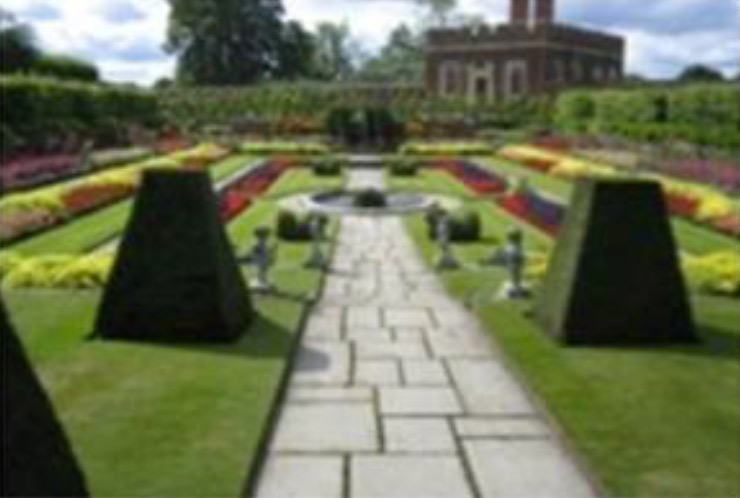There are many types of historic pond. Some pond types are far better researched than others. Fish ponds, for example, are often well documented. Marl pits, on the other hand, are incredibly common in some parts of the country, yet little is known about them. Analysis of the 2500 records including the term ‘pond’ in the National Monuments Record (NMR) for England and Wales indicates that the majority (89%) fall into two classes: ‘fishponds’ and unspecified ‘ponds’.
The remaining 11% of records are largely made up by pond bays, dewponds, ornamental ponds, decoy ponds, ducking ponds and mast ponds During the winter, supplying fresh food was a constant struggle. Although meat would be available from deer parks, this couldn’t supply the needs of the whole household. A fish pond provided an elegant solution. If there was a natural flow of water into the pond, fish required no feeding and were available all year round. There would usually be a series of ponds, with fish being moved between them as they grew.
At Hampton Court, the elaborate Tudor gardens are no longer recognizable today, having been replaced by later monarchs. However, Chapel Court holds a recreated Tudor garden, complete with green and white striped fencing (Tudor colours) and heraldic beasts on poles. The current court, which is still in use today, was built during the reign of Charles I. Continuing the garden walk, one will come across the sunken gardens. These were originally fish ponds where Wolsey kept his stock of fish and prawn. They were in such demand that Anne Boleyn wrote a letter to the Cardinal in 1528 asking for some fish to be sent to her.
Fish ponds and stew ponds (where fish were purged of muddy water before cooking) were necessary to ensure a regular supply of protein during the many fast days of the Christian calendar. Today, their original walls remain but have been converted into “sunken” gardens. In Bushy Park, Charles I, in 1638 ordered a canal to be dug from the River Colne at Longford to Hampton Court Palace. Cromwell was responsible for the digging of ponds to stock with fish and to cater for the new sport of angling. As well as feeding the new ponds, this waterway serviced the circular basin and fountain terminating today’s ‘Chestnut Avenue’, and was later diverted by Lord Halifax into a high pond at Upper Lodge to feed his ornamental cascade.
The fountain and statue of Diana by Le Sueur were placed in the basin in the centre of the round pond later. A less regal but equally interesting example is Marney’s Pond outside the pub of the same name in Esher. At one time there were some 16 ponds in the area, which were mostly let by the lord of the manor for fishing rights, part of the rent being paid in the fish netted. This one is named from a family who for many years carried on a timber business in the yard opposite.
Holly Cottages, in one of which the family lived, were demolished in 1967 after being declared unfit by the local council. The woodyard was quite a sight, with the timber stacked roof high. Mrs. Marney was the last person to exercise the right to graze animals on the nearby common.

